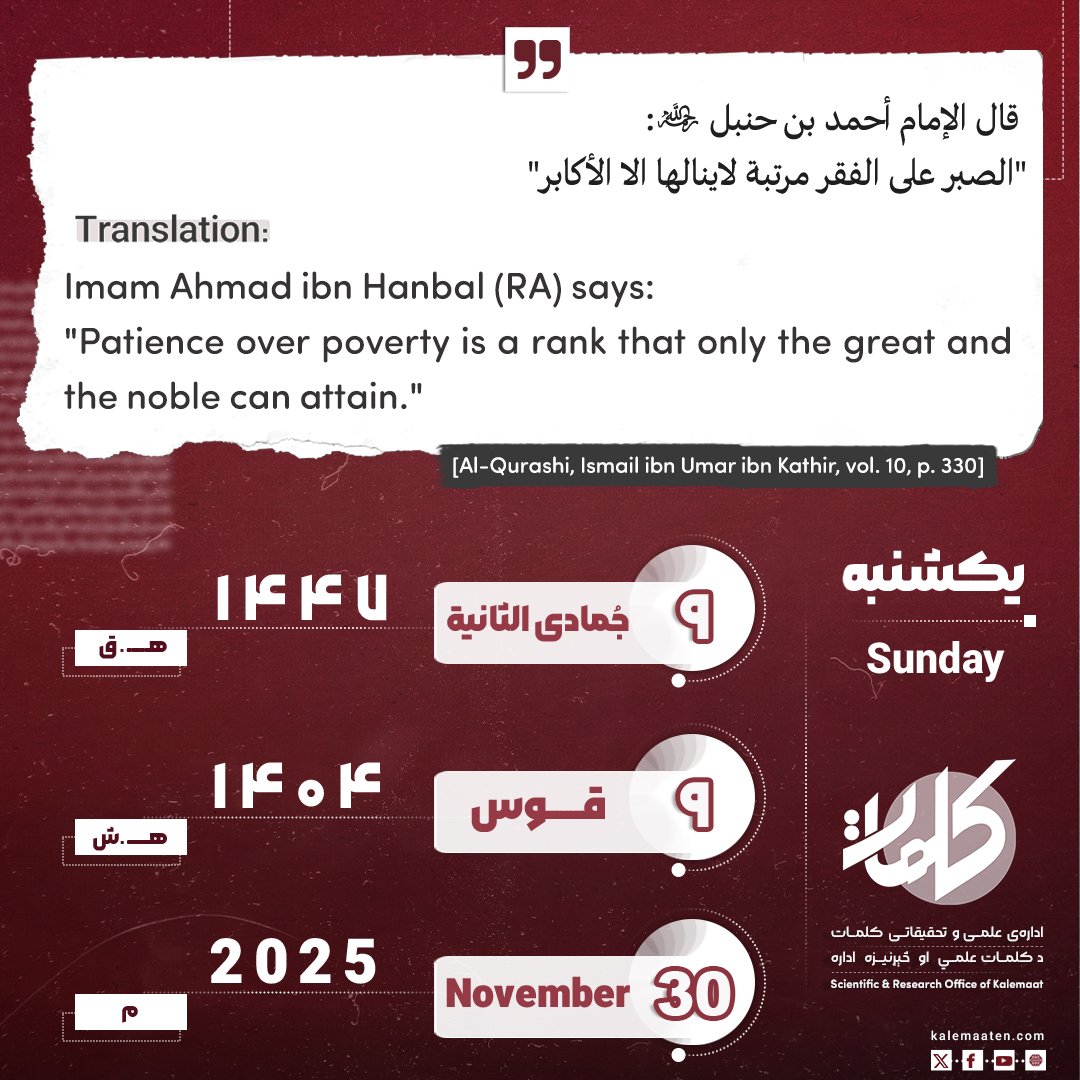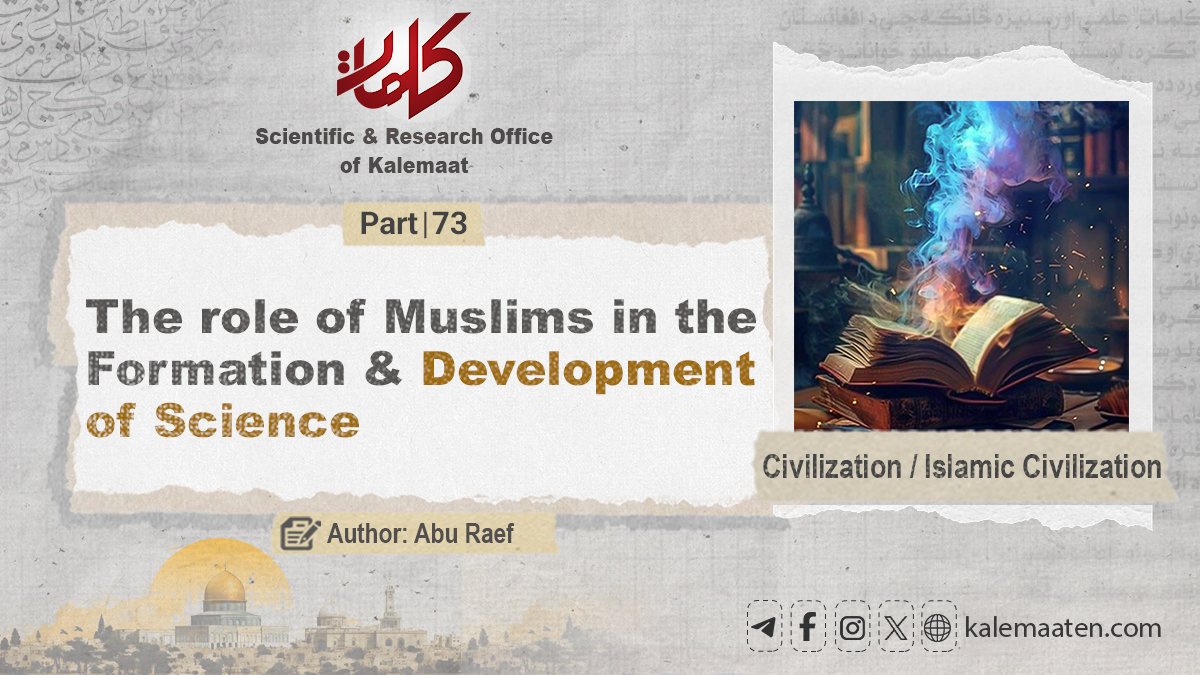Author: Abu Raef
The Role of Muslims in the Formation and Development of Science (Part 73)
Ways of Transmission of Islamic Civilization to Europe
In this discussion, we want to examine how Islamic civilization reached European and Western countries. There is no doubt that Europeans greatly benefited from Islamic culture and civilization in their own lands and are indebted to this great civilization in various fields.
There is no doubt that the endurance of civilizations is proportional to the share they leave in the history of humanity in different areas of thought, science, morality, and the lasting works that become eternal in history. Since we know the tremendous role Islamic civilization has played and contributed to the progress of humanity, we can also recognize its effects in Europe and in the emergence of European civilization and the Renaissance. What Europe later achieved in the realm of civilization was in fact influenced by Islamic civilization, which had flourished earlier. In this regard, there is nothing surprising, for modern European history is a natural continuation of the flourishing age of Islamic civilization, and no new boundary separated the two.
Regarding the relationship of Islamic civilization with Christian Europe in the Middle Ages—when Europe was passing through its dark age and decline—almost all historians agree that this contact occurred through three main channels, each differing from the others in activity and in the extent of cultural transmission.
Al-Andalus
Al-Andalus was the most important gateway of Islamic civilization and the main bridge in the process of transmitting Islamic culture and knowledge to Europe in scientific, intellectual, social, and economic fields. This land—which itself was part of Europe—was for eight centuries (92–897 AH / 711–1492 CE) the brightest platform for the dissemination of Islamic civilization. Even during political weakness and the fragmentation of power into small kingdoms, through its universities, schools, libraries, workshops, palaces, gardens, scholars, and writers, it remained the focus of attention for Europeans who maintained close and continuous ties with it.[1]
As soon as Muslims settled in Spain, they devoted themselves to knowledge, literature, and the arts. They even surpassed their Eastern counterparts in some fields and produced new and remarkable innovations in all sciences. From this channel, Europe found a fresh source that it benefited from from the late 11th century until the Italian Renaissance in the 15th century.
Gustav Lebon says: “The Arabs had not yet completed the conquest of Spain when they began their civilizing mission there. In less than a century, they revived barren lands, rebuilt ruined cities, erected magnificent buildings, established firm commercial relations with other nations, and then devoted themselves to studying sciences and literature. They translated the works of the Greeks and Romans and founded universities which for a long time were the only refuge of culture in Europe.”[2]
The policy of Islamic tolerance had a profound impact on the hearts of the dhimmis—Jews and Christians. Spanish Christians who spoke Arabic (Mozarabs) turned to learning and using the Arabic language, even preferring it over Latin. Many Jews also studied under Arab teachers.
The translation movement from Arabic became very widespread, especially in the city of Toledo during the 12th and 13th centuries. The translations were either from Arabic into Spanish and then into Latin, or directly from Arabic into Latin. These translations were not limited to Muslim scholars’ works; they also included the important works of the Greeks—which had been translated into Arabic in the East two centuries earlier—such as those of Galen, Hippocrates, Plato, Aristotle, Euclid, and others.
Among the famous translators of Toledo was Gerard of Cremona, who came from Italy in 1150 CE. It is said that he translated nearly one hundred books, twenty-one of which were medical works, including al-Mansuri by Imam Abu Zakariya al-Razi and al-Qanun by Ibn Sina. Part of these translations were carried out by his students under his supervision or in collaboration with other translators such as Galipus, who was a Mozarab.[3]
In the 12th century, Spaniards and others who had come to Spain also engaged in translation. Later, Alfonso X (King of Castile, 1252–1284 CE) established several higher education centers and encouraged translations from Arabic into Latin and sometimes into Castilian.
George Sarton, the Western historian, says: “The Muslims—the geniuses of the East—achieved the greatest accomplishments in the Middle Ages. The most valuable, authentic, and substantial works were written in Arabic. From the mid-8th century to the end of the 11th century, Arabic was the language of scientific progress, to the extent that anyone who wished to be familiar with the culture of the age had to learn Arabic. Many non-Arab speakers did so. There is no need to recall the scientific achievements of Muslims in mathematics, physics, astronomy, chemistry, botany, medicine, and geography.”[4]
Regarding the position of Cordoba in the transmission of Islamic civilization, John Brant Trandjohn says: “Cordoba in the 10th century was more advanced than all other cities of Europe, truly a source of wonder and admiration for the world. Northern travelers spoke of a city that had seventy libraries and nine hundred public baths. Whenever the rulers of Leon, Navarre, or Barcelona needed a surgeon, engineer, architect, tailor, or musician, they turned to Cordoba.”[5]
The thinker Leopold Weiss, who later converted to Islam and took the name Muhammad Asad, emphasizes: “It is no exaggeration to say that the modern scientific age in which we live today did not begin in the cities of Europe, but was laid down in Islamic centers such as Damascus, Baghdad, Cairo, and Cordoba.”[6]
Sigrid Hunke writes: “The Pyrenees mountains were not a barrier to this contact, and thus Andalusian Arab civilization found its way to the West.”
She adds: “The torch of Arab civilization was transmitted through Al-Andalus by thousands of European captives returning from Cordoba, Zaragoza, and other cultural centers of Al-Andalus. The merchants of Leon, Genoa, Venice, and Nuremberg were intermediaries between European cities and Al-Andalus. Millions of Christian pilgrims who were on their way to Santiago encountered Arab merchants and Christian pilgrims from northern Al-Andalus. The flood of knights, merchants, and clergymen who annually came from Europe to Spain carried the foundations of Andalusian civilization back to their own lands. Jews also played a major role as traders, physicians, and scholars, transmitting Arab culture to the West and contributing significantly to the translation movement in Toledo. They also introduced many stories, myths, and epics from Arabic into Europe.”[7]
Thus, Al-Andalus was an important center of Islamic civilization and one of the main routes of its transmission to Europe.
Continues…
Previous Part / Next Part
References:
[1]. Al-Mubarak, Hani, Islamic Arab Civilization in the European Renaissance, p. 51, Dar al-Fikr, Damascus, Syria.
[2]. Lubon, Gustav, Arab Civilization, p.: 287, Al-Hindawi Institute, Arab Republic of Egypt.
[3]. What is the path of Muslims to the world? P.: 698.
[4]. Shamsi Basha, Hassan, Haqza Kana Yom Kana, p.: 8, Dar al-Manara, Jeddah, Saudi Arabia.
[5]. What is the path of Muslims to the world? P.: 696.
[6]. Al-Islam Ali Muftaraq al-Tarzha, p.: 40.
[7]. Shams al-Arab Tas’at Ali al-Gharb: p. 31.



